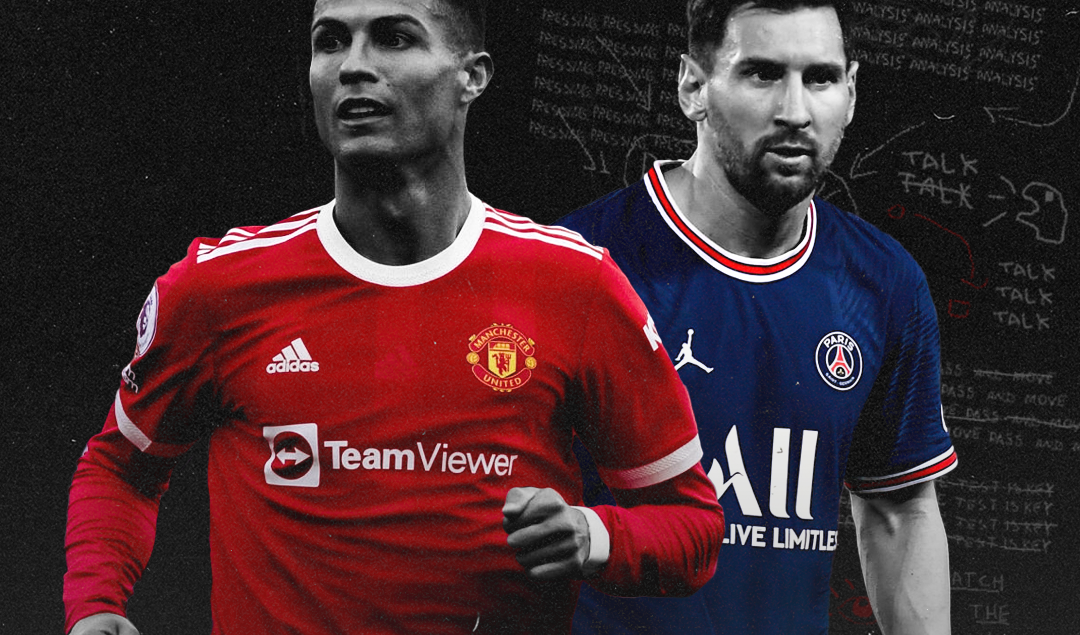How Soccer Adapts to Extreme Weather Conditions
Soccer is a global sport played in a variety of climates, from icy northern winters to sweltering tropical summers. With matches taking place year-round, teams often face challenging weather conditions that impact player performance and strategies. Rain, snow, heat, and even high altitude can affect the pace and flow of the game, forcing players and coaches to adapt. Weather influences the outcome of matches and alters how fans and analysts perceive the game. Understanding these challenges helps us to appreciate the resilience and adaptability of players and teams in the face of nature’s unpredictability.
Rain: A Slippery Challenge
Rain-soaked pitches create one of the most common and unpredictable challenges in soccer. A wet field can turn a fast-paced game into a test of ball control and composure. Players must adjust their footing to avoid slipping, while goalkeepers face additional challenges managing a wet ball. Passing accuracy often decreases, and defenders are at risk of mistiming tackles. Coaches often emphasize short passes and tighter formations in heavy rain. Fans watching such games know to expect more scrappy, low-scoring affairs, as rain makes the beautiful game a battle against the elements.
Snow: Slowing Down the Action
Snow, though less common, presents its own set of difficulties. Visibility drops, the ball slows down, and players struggle to maintain their footing. Teams often switch to brighter-colored balls and wear special boots for better grip. Strategy shifts in snowy conditions, with long balls and high crosses becoming more effective than intricate ground play. For fans, snow adds drama to the spectacle, making matches feel like epic battles. Even with modern groundskeeping techniques, snowfall during games tests both the skills and the mental toughness of players, as every step becomes a calculated risk.
Heat: Endurance Under Pressure
Excessive heat, particularly during summer tournaments, can push players to their physical limits. High temperatures lead to quicker fatigue and increase the risk of dehydration. FIFA has introduced cooling breaks to help players manage the heat, allowing teams to rehydrate and reset. Teams adjust their tactics, often focusing on ball retention and slowing the pace of the game to conserve energy. Interestingly, extreme heat can also impact EPL odds, as fatigue and weather-related risks make upsets more likely, reshaping predictions for high-stakes matches. Fans and pundits alike take these factors into account when analyzing games played in scorching conditions.
Wind: A Wild Card
Windy conditions can turn an ordinary match into a chaotic affair. Strong gusts affect ball trajectory, making long passes and aerial duels unpredictable. Goalkeepers struggle with crosses and free kicks, while forwards find it harder to control long balls. Teams often adjust by keeping the ball on the ground, focusing on short, accurate passes. For fans, windy matches are exciting yet frustrating, as every kick comes with an element of chance. Players’ ability to read and adapt to the wind often separates the good from the great. It showcases their versatility and skill under challenging circumstances.
Adapting to Mother Nature
Weather can change the way soccer is played, testing players both physically and mentally. Teams that adjust quickly to challenges like rain, heat, or wind often come out on top. Coaches play a big role by changing tactics and picking players who are best suited for the conditions. For fans, these games are exciting because they show more than just skill. They highlight teamwork, creativity, and determination. Whether it’s sliding around on a wet field or dealing with scorching heat, weather adds drama and unpredictability, reminding everyone why soccer is such a thrilling and beloved sport.
